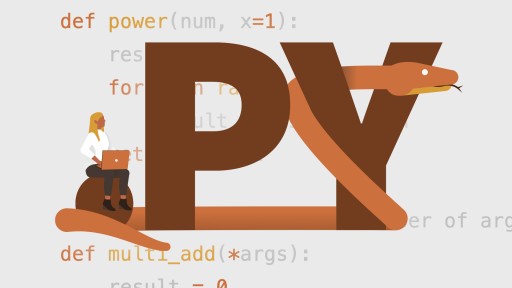📚 Resources and Tools
Tools and Software Needed
TL;DR;
- Install git and/or GitHub Desktop
- make an account on GitHub.com
- Visual Studio Code
- Not Visual Studio
- Azure Data Studio
- Docker
- Python 3.10
- Did I need to say that? 🤔
- We're using the latest Python version 3.10.5
Git and GitHub
We will be learning about and using the Source Version Control tool, GitHub in this class. This is how you'll be submitting your assignments and how I will be sharing solutions. You will need to:
- Download and install GitHub Desktop tools to your computer.
- If prompted on installation, please choose to also install Git Bash.
- Create a GitHub Account on GitHub.com
- optionally, Sign up for the GitHub Student Developer Pack
- The pack comes with so many resources that will benefit you as a student developer as well as will give you access to the Pro Tier of GitHub free of charge. (You’re welcome!)
- you can follow the following guide for Applying for a student developer pack - GitHub Help
For more help and resources about git and GitHub:
Visual Studio Code
I will be using (and recommend you do too) Visual Studio Code as my Text Editor/IDE. This is not the same as Visual Studio that you may have used in C# classed. I will be sharing some recommendations for extensions and configurations that will make your developer experience easier.
Azure Data Studio (optional; but recommended)
Usually every database, has a different client application that allows you to connect to it. i.e. Microsoft SQL Server has SQL Server Studio, PostgreSQL has pgAdmin, MySQL has MySQL workbench, ...etc. Azure Data Studio is a single client that can work with multiple database dialects.
Docker
this will allow you to easily setup and run databases and other server-like applications locally on your computer without all the usual overhead
- To Download:
Python
We will be using Python 3.10.5 - Latest version at the time of building this course.
Refresher Online Course
Textbooks
There are no required materials for this course. We will, however, be referencing certain sections, and chapters of a number of books such as:
Storytelling with Data.
Hands-on Machine Learning with Scikit-Learn, Keras, and TensorFlow.

